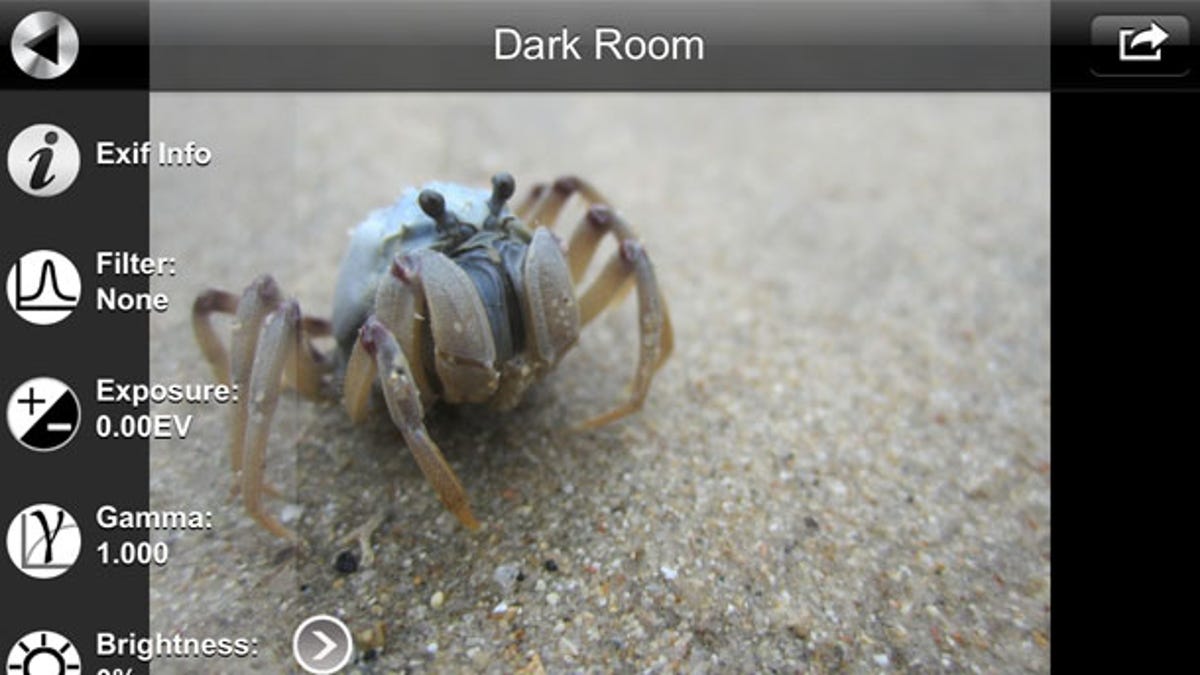Sorry, DNG iPhone app won't let you shoot true raw photos
A new iOS camera app called Digital Negative uses Adobe's DNG format to store uncompressed photos, but it's not the original raw sensor data. Developer Cypress Innovations hopes Apple will open up.

Photo enthusiasts already pleased with the iPhone's generally superior camera can be forgiven for getting excited about the possibility of shooting photos in the higher-end raw file format.
Cypress Innovations on Wednesday released a new app called Digital Negative that might raise that very hope by offering a way to take photos that are stored in Adobe Systems' DNG format for raw photos. Alas, although the app does store uncompressed image data, it doesn't actually store the raw data taken straight from the sensor.
The Digital Negative app collects the uncompressed red, green, and blue color information for each pixel in the camera's image and stores it as a DNG file," Cypress' Neena Kadaba told CNET. The approach saves the data before it's been compressed into a JPEG file, but it's not the fully flexible raw data that photography enthusiasts enjoy for superior dynamic range and for being able to choose their own white balance, noise reduction, sharpening.
"We use pixel RGBA values (not the jpeg-processed data) reported to the operating system and then worked through what they corresponded to for the iPhone sensor," Kadaba said.
That data is then packaged into a linear DNG file. "It's actually a bit tricky to get the uncompressed data and figure out how it goes into a DNG file," Kadaba said.
Cypress Innovations would like to have the true raw data, though.
"We agree that getting full data is most desirable, but unfortunately at this time that isn't compliant with Apple's current policy," Kadaba said. "We've requested a change, but not sure if that will happen."
Photo enthusiasts and professionals often prefer raw photos from higher-end cameras, typically using software such as Apple Aperture or Adobe Lightroom for editing and cataloging. Decoding the proprietary raw data can be tricky and processor-intensive, so special software is required. It's a lot more hassle than just taking the camera's own JPEG -- and Apple likes to keep things simple with its iOS devices.
The app itself offers other features besides just snapping the photo and storing the DNG. It's got a darkroom editing mode where you can fiddle with exposure, brightness, and gamma, and apply various filters. It also will save files in JPEG or TIFF format. When taking or editing photos, it offers a live histogram to judge exposure and color choices. And images can be shared with Dropbox, e-mail, Facebook, or Twitter.

